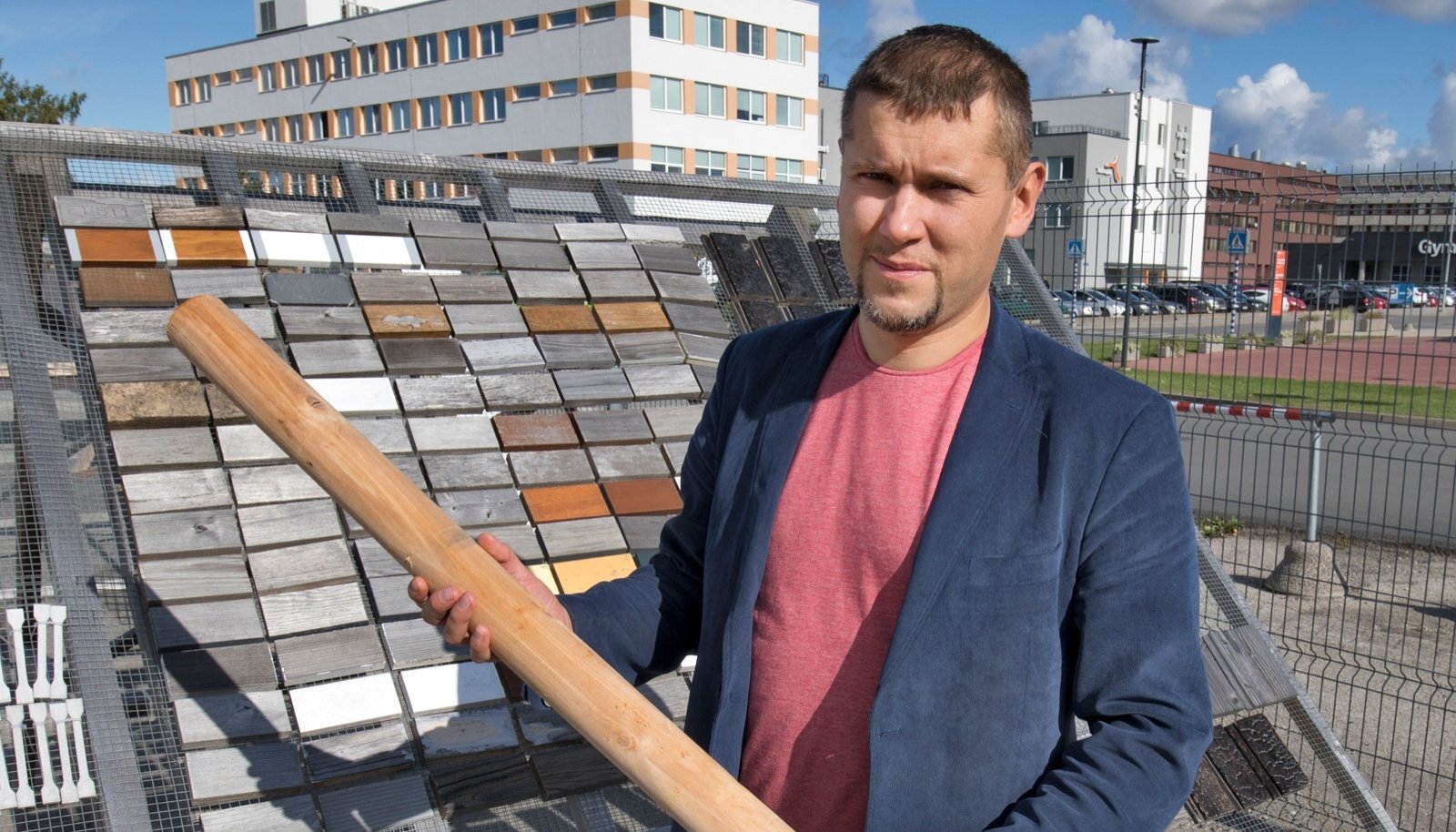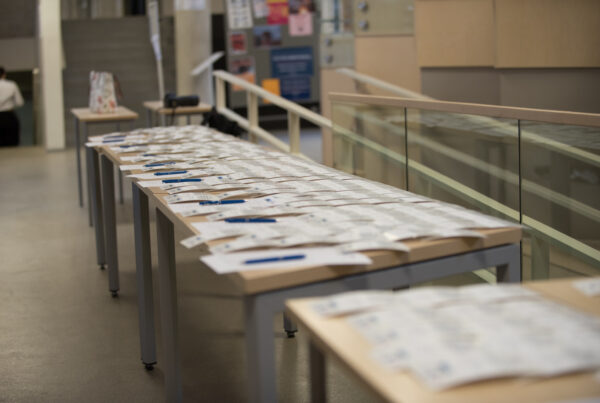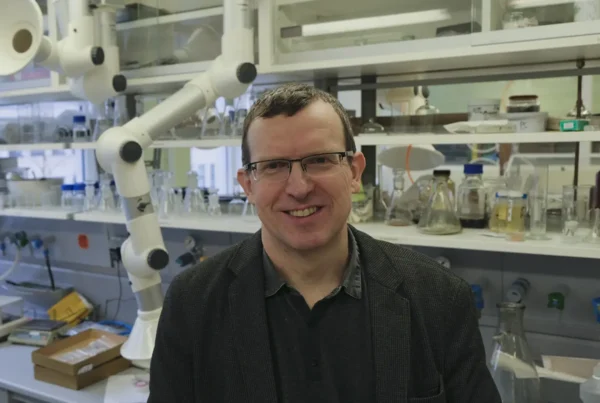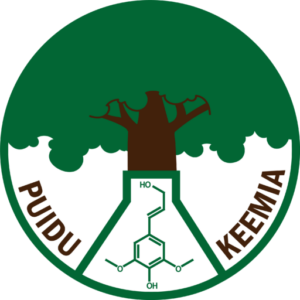Jaan Kers, head of the wood technology laboratory at Tallinn University of Technology, admits that without a modern pulp mill, we will not be able to produce new environmentally friendly products.
Estonia has a very developed sawmill industry, glulam beams, wooden houses, plywood, pellets are produced, but remained unbuilt. Finland and Sweden contribute more and more to the production of bioproducts, but we export birch paper wood and partly also the residues of veneer and plywood production. What opportunities do we have for the development of the wood industry in the future?
Until we are able to produce cellulose and other bioproducts from the paper wood we export, we basically have two solutions: either sell paper wood and wood scraps to Finland or Sweden, or produce pellets, fiberboard and chipboard from them, or use them for energy.
Unbleached softwood pulp is produced in Estonia on a small scale, bleached aspen wood pulp is produced by AS Estonian Cell, however, against the background of current climate problems, worldwide demand for chemical treatment grades of wood continues to grow.
This is how the situation has developed, that in Estonia many pellets are produced from the residues of the wood industry, but by making cellulose from the same material, bioplastics could be made from it, which would replace plastics made from synthetic raw materials in products. For example, instead of plastic tableware, products with a 90 percent natural origin material content should come in the coming years.
If we make a fork out of sawdust instead of a pellet, have we made a more economically viable decision? A fork will soon be thrown away, and it is not biodegradable.
However, we have extended the life of the material and have not burned it immediately. A growing tree binds carbon, and the carbon stored in the wood in the fork is neatly stored in the lamb.
In the case of a patio table, however, the life of the material is significantly extended - the table can last 15-20 years, and after use, the material can be reused in a new product. In the wood-polymer composite table, both fossil carbon and wood carbon are bound, when recycled, they remain inside the material and are not released into the air by burning.
Composite materials, like plastic material, if they are collected separately, can be recycled - crushed, new material added and a new product made.
Cellulose fiber can also be reused. For example, viscose clothes made from cellulose. Today, ionic liquids are in use, which are used as a solvent to regenerate the cotton or viscose fiber of old clothes and for reuse in the production of textile materials and clothes.
The whole world must understand the principle of the circular economy - the product does not become waste after use, but is used again as a material in the manufacture of the next product.
In your opinion, what has the Estonian wood industry lost if the pulp remains so-called uncooked?
Estonian researchers would certainly have had good opportunities to work in the field of enhancing all components of wood, and this would have also resulted in greater research grants. We need to separate wood into economically cost-effective parts, just as milk is churned into cream and whey in the food industry.
In a wood refinery, lignin and extractive substances are separated from wood, the main component of wood is cellulose together with hemicelluloses. Cellulose production is necessarily a necessary part of wood chemistry, because both cellulose and production by-products (e.g. tall oil) and many products obtained from cellulose (e.g. viscose fibers) are products of wood chemistry.
Natural fibers are also used, for example, in absorbent bandages in medicine, they help wounds to grow together. The material based on nanocellulose can also be used to make implants.
But how sure can you be that these products are needed in the market?
This is always a risk with new technologies. At the same time, a trend towards finding and finding more environmentally friendly solutions can be seen all over the world. One of Estonia's biggest natural resources is forest and wood, and we could better value it in Estonia. There are a lot of exciting developments in this field in the world, and I like the president's idea that Estonia could be the one that can be one step ahead of others in developing environmentally friendly solutions.
Source: maaleht.ee





